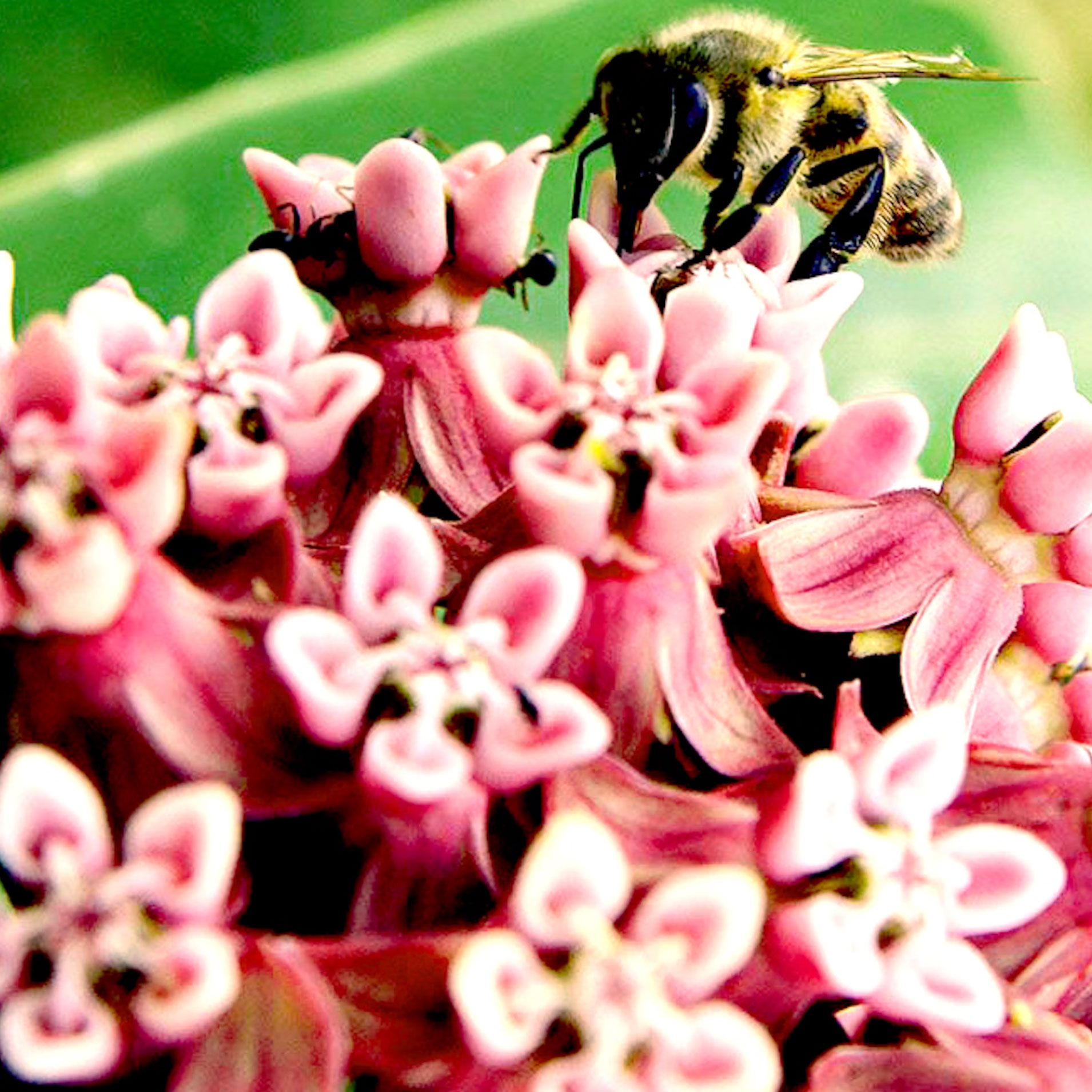Attract More Pollinators: 8 Best Nectar-Producing Plants For Honey Bees And Other Pollinators
Want to know the core plants you can grow to add beauty while helping beneficial garden friends? Discover the best nectar-producing plants for honey bees and other pollinators
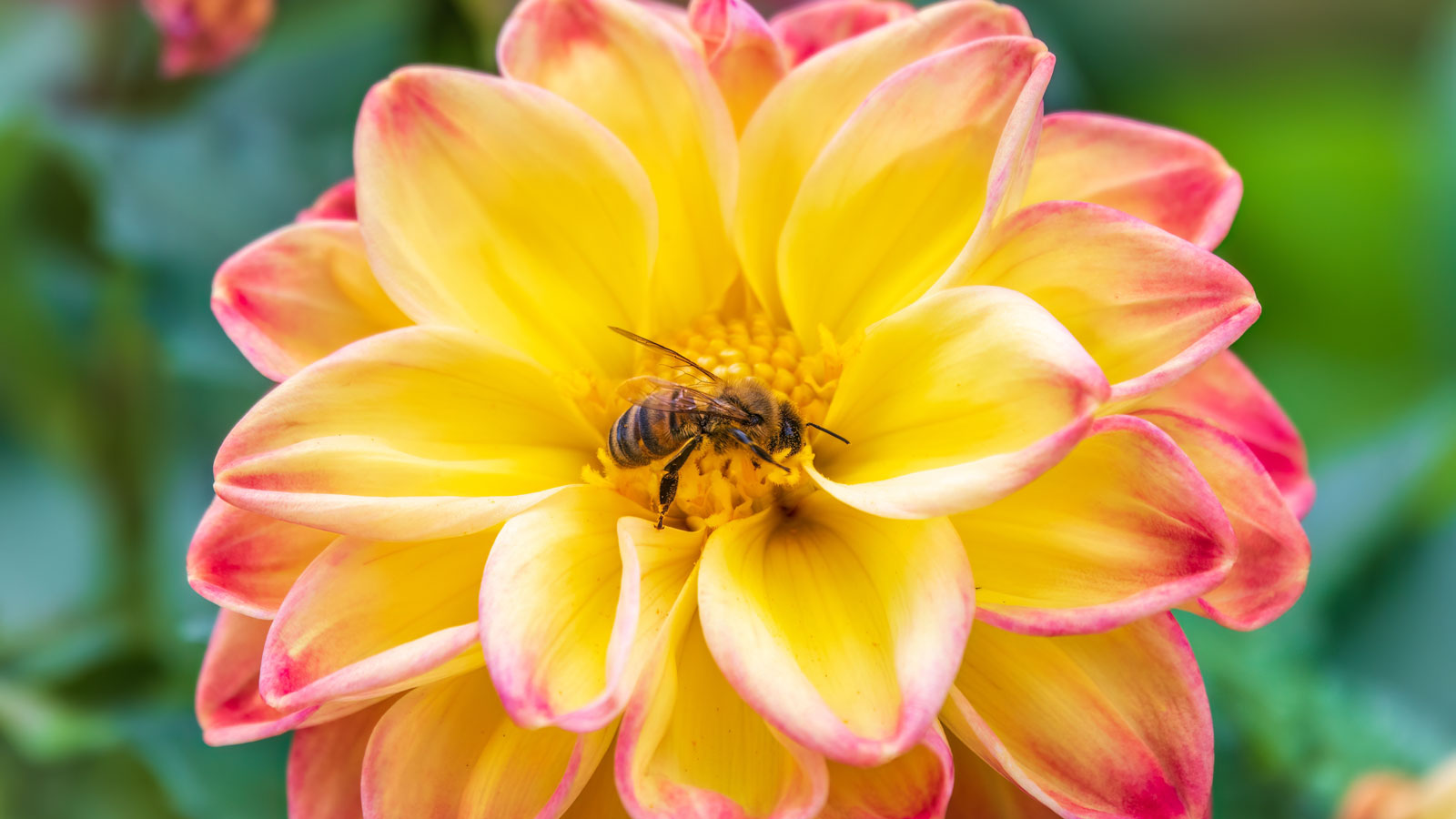

Cultivating the best nectar-producing plants for honey bees and other pollinators is a crucial endeavour for both local and regional insect and bird populations. Growing nectar-rich plants is also a simple way of adding a touch of color and beauty to home gardens – both in the form of the plants but also in the shape of the creatures it attracts to our plots.
For anyone interested in starting a pollinator garden, selecting specific flowering plants represents a deliberate approach to meeting the needs of struggling insect populations and bird life. Sowing only the best nectar plants for honey bees and other pollinators is a convenient way to enhance the backyard ecosystem. Here, we’ll explore some of the most popular selections for pollinator beds, their growth and their overall impact on biodiversity within the garden.
Choosing the Best Nectar Plants for Pollinators
Selecting the best nectar plants for butterflies, bees, hummingbirds and other native species can be challenging. While a large selection of flowering plants is available, not all are created equal in terms of their production of nectar, the sticky substance on which pollinators feed. We might not always know which plants are especially high in nectar, a vital source of energy to insects, including beneficial and predatory species.
Choosing nectar-rich pollinator-friendly plants is not always about color or shape. So when determining which plants to choose and which plants to avoid to attract pollinators, think about your own space. Though such plants will thrive across a variety of zones, careful consideration of conditions in your own garden is key in making sure that selected plants flourish. This includes special attention to each cultivar’s needs as they relate to light, moisture, temperature and hardiness. Growing these plants in tandem with plants that serve as hosts for butterflies and other winged creatures can ensure the most appealing environments.
1. Bee Balm
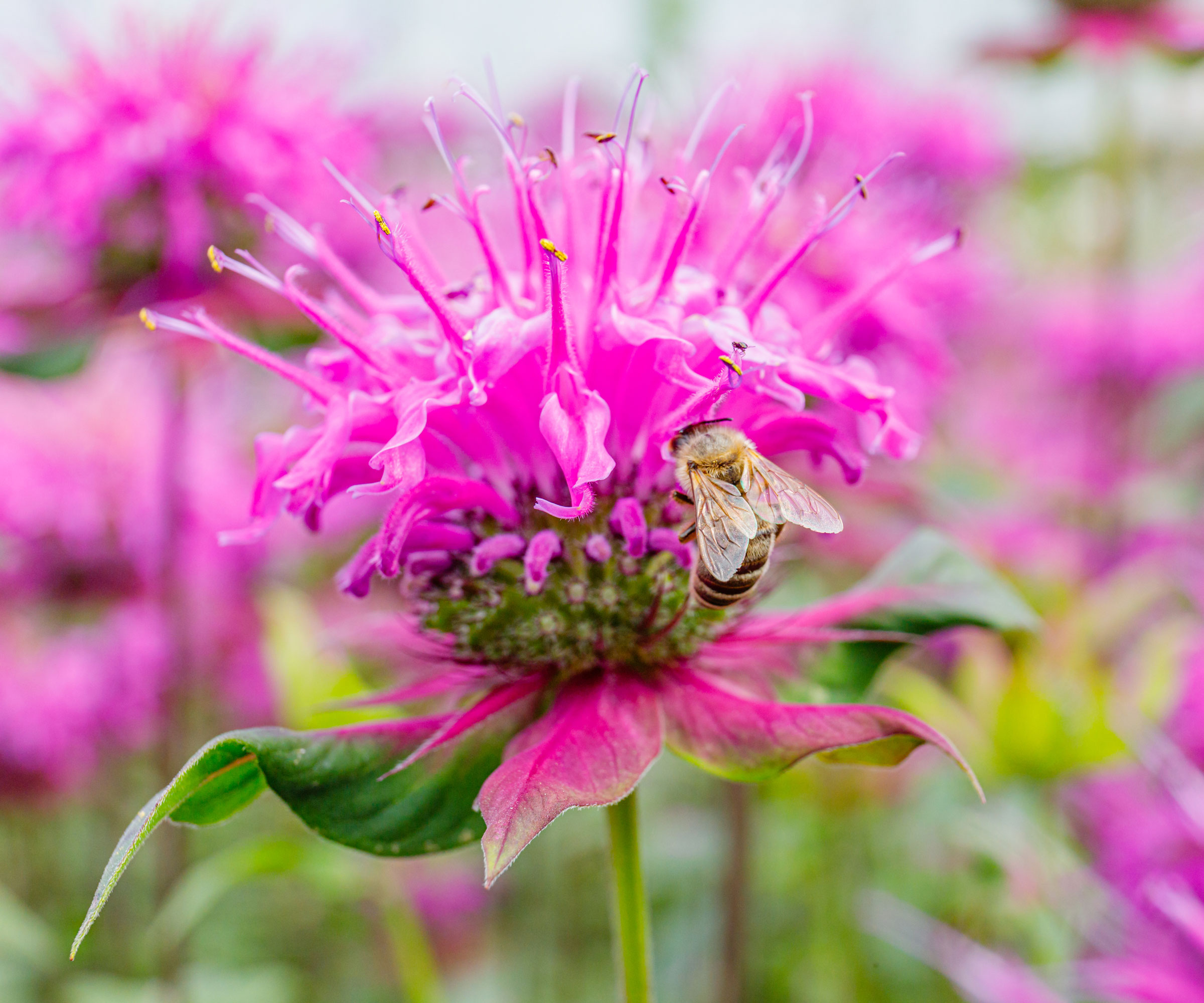
True to its name, bee balm (Monarda spp.) remains among the best nectar plants for bees and similar species. Large plants, easily grown from seed, bee balm produces tubular flowers in abundance. Established shrubs return dependably, spreading where conditions are ideal. Consistent deadheading them helps to support pollinators and extends their floral displays through summer and into fall.
Bee balm plants demonstrate impressive tolerance to both warm and cool growing conditions, perennializing well throughout USDA zones 4-9. If you are worried about moist soil planting conditions, Monarda Blue Stocking by Green Promise Farms is one of the most mildew-tolerant bee balms you can grow.
2. Cardinal Flower
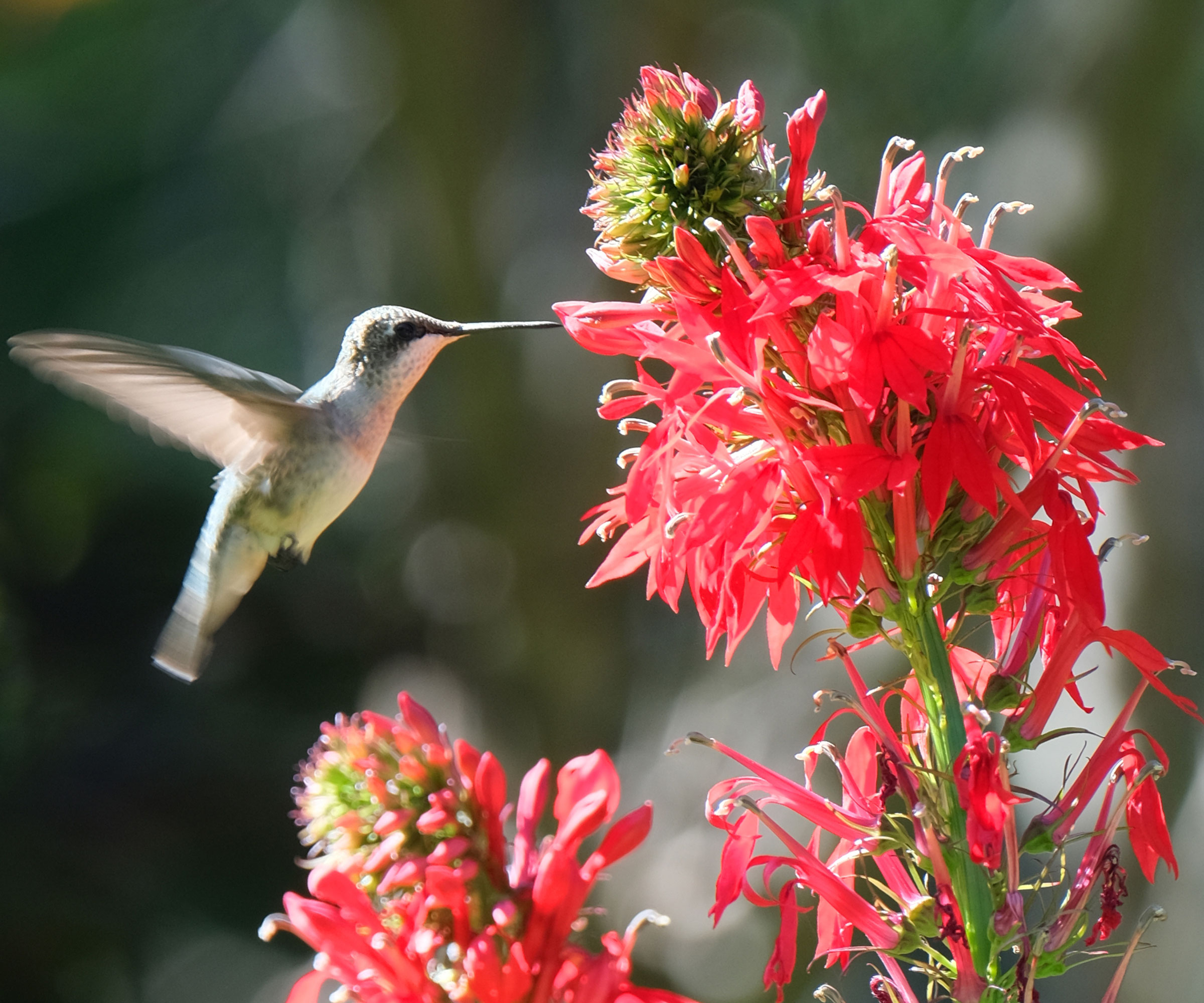
Among the best nectar plants for hummingbirds, cardinal flowers (Lobelia cardinalis) produce a profusion of vibrant red flower spikes through summer. Their form further helps to lure species of the bird due to its unique tubular structure. As these plants grow best where conditions remain consistently moist, cardinal flowers will flourish when positioned throughout low or slow-draining areas.
The plants are generally considered robust, only seldom showing signs of disease. Cardinal flowers are hardy to USDA zones 3-9. For a particularly vibrant violet variation, the blue cardinal flower (Lobelia siphilitica) from Green Promise Farms produces dazzling erect purple-blue flowers during August and September.
3. Foxgloves
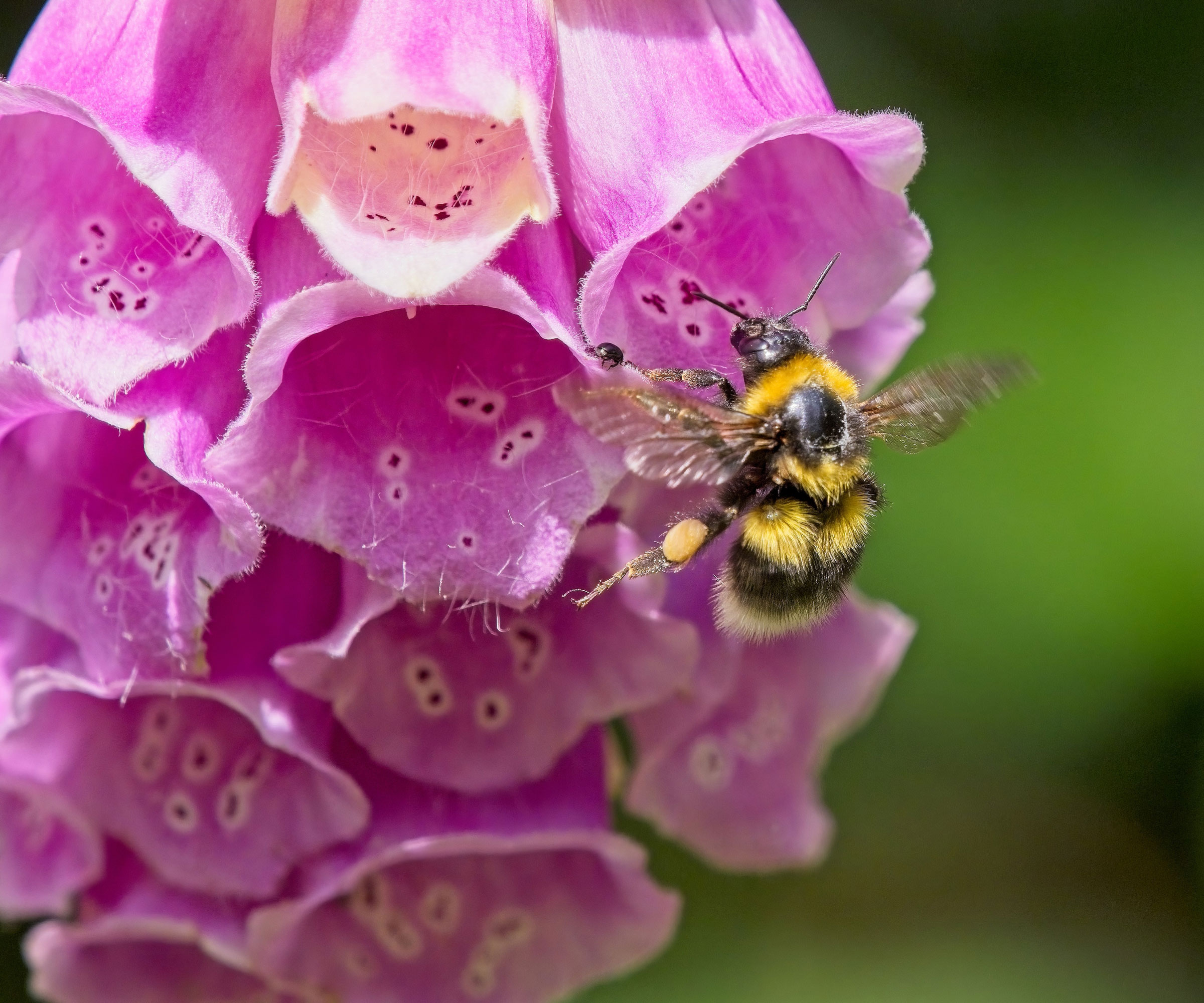
A beloved addition to cottage gardens, towering foxgloves are certain to impress visitors and draw pollinators. Plants are of special interest to bees, with summer blooms among the busiest within beds. As foxgloves are biennial in growth, gardeners should expect a staggered bloom, with flowers opening only in their second season.
Sign up for the Gardening Know How newsletter today and receive a free copy of our e-book "How to Grow Delicious Tomatoes".
It is important to note that all parts of the plant are considered extremely toxic. For this reason, special foxglove care should be taken before its introduction into any growing space. Foxglove plants are hardy to USDA zones 4-9.
4. Goldenrod
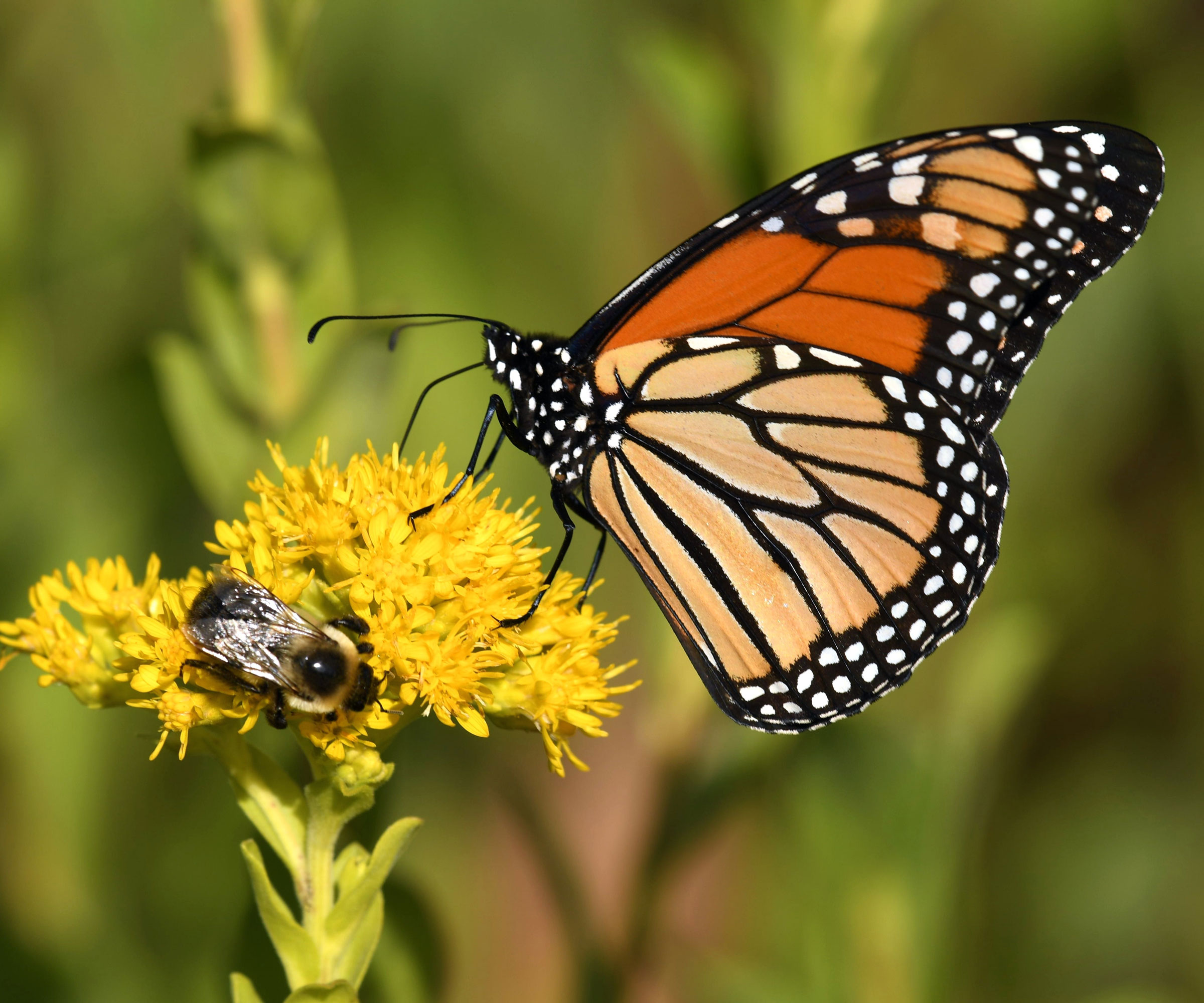
Goldenrod plants are amongst the best for late-season pollinators. Their extended bloom, ranging from summer through autumn, is vital in helping to meet the needs of insects and migrating species in preparation for the quieter winter months.
As many types are considered native, wildflowers such as these are generally hardy and resistant to disease. Where conditions are ideal, gardeners should expect the goldenrod plant to reseed readily, though seldom becoming invasive. For the best goldenrod care, grow these plants in USDA zones 4-9.
5. Milkweed
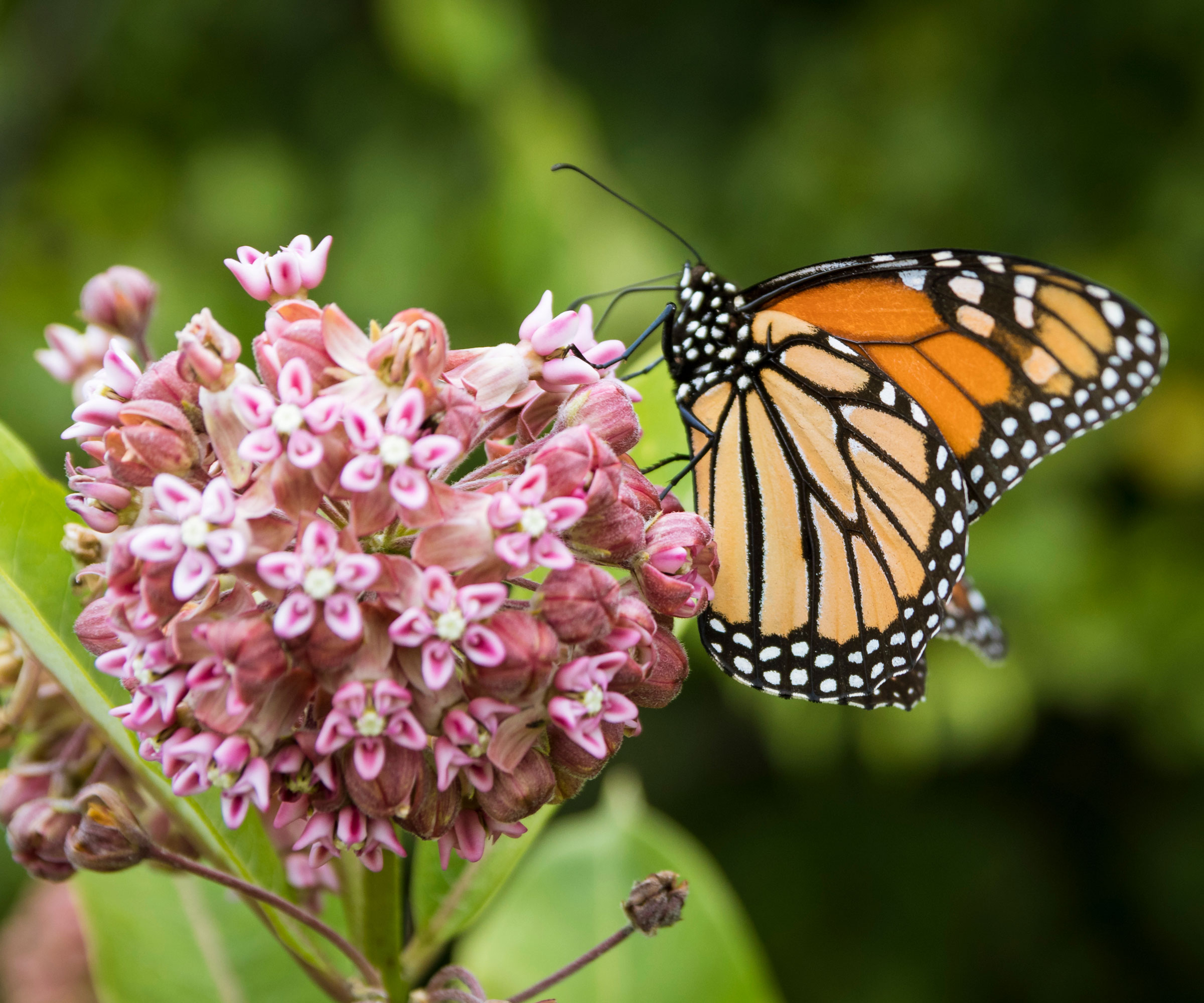
If you’re interested in creating pollinator beds, you are likely familiar with growing milkweed, a valuable source of food to migrating moths and butterflies. This is one of the best plants you can grow to attract Monarchs. Native species of milkweed play host to Monarch butterfly larvae, which depend on the plant for their survival. Bees, wasps and hummingbirds have also been known to seek out the plant from late summer through fall.
Milkweed thrives across a wide range of habitats, making it well-suited for growing in most any garden. Milkweed plants are generally hardy to USDA zones 3-10, ranging slightly by species. You can find Milkweed Heirloom by Park Seed in the Gardening Know How Shop if you wish to sow this versatile flowering plant from seed.
6. Purple Coneflower
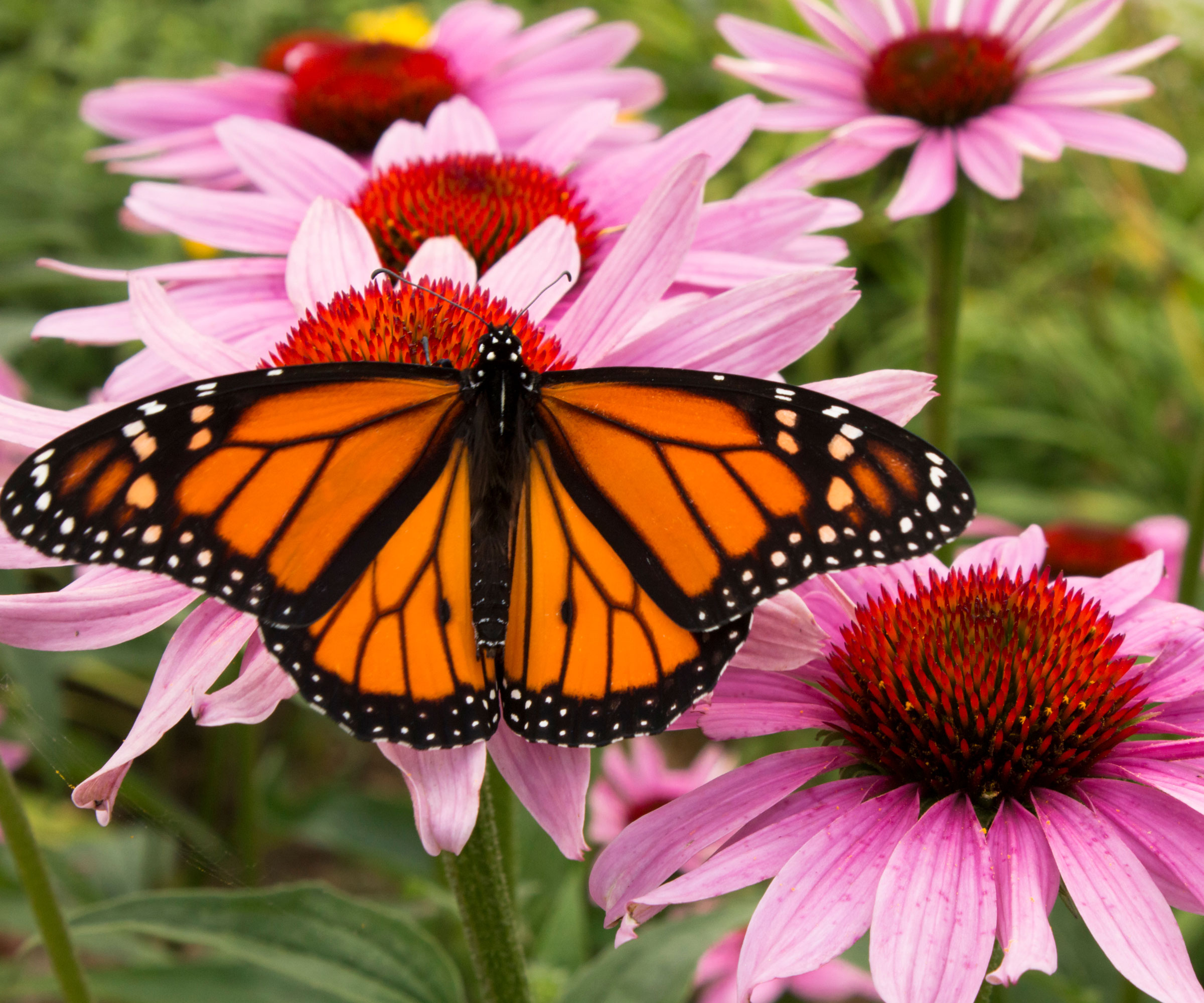
Yet another popular choice for perennial beds, purple coneflower (Echinacea purpurea) are prized for their extended bloom and unmatched ability to attract pollinators. First-time growers can expect these plants to establish themselves quickly from seed, blooming prolifically in only their second season.
Flowers persist through fall, adding both color and texture to otherwise faded garden beds. Though purple types are most common, newer introductions are available in a wide range of colors. Coneflowers are considered hardy to USDA zones 3-9.
7. Verbena

When it comes to selecting pollinator plants, those producing smaller blooms are often overlooked. Verbena (Verbena bonariensis) is one such species. Prized for its tall, wiry foliage, verbena thrives when planted en masse or included in mixed perennial beds.
Their vibrant color and high nectar content further serve to entice bees, butterflies and a variety of other native wildlife. Though these plants will behave as annuals in cooler regions, gardeners living in USDA zones 7-11 can expect the plant to return seasonally.
8. Yarrow

Yarrow continues to gain popularity due to its incredible ability to attract beneficial insects. Each stem features an array of densely-packed florets. Large numbers of blooms are produced in summer and persist through fall. This makes yarrow plants a valuable addition to late-season beds, helping to better serve migrating species and those preparing for winter.
Though several ornamental varieties are available, native types are most likely to yield the best results. Bees are especially drawn to yellow breeds with flat flower heads, while butterfly lovers will find that pinks particularly effective. Yarrow plants are hardy to USDA zones 3-9.
Other Pollinator Garden Ideas and Inspirations from GKH
- Create bespoke planting schemes for beds and pots to bring winged friends to your plot with these select butterfly garden recipes for ornamentals and herbs.
- Check out our profile on the creator of bee cups and try a pioneering drinking station for thirsty winged friends.
- Stuck for ideas to attract hummingbirds? Steal some inspiration with our guide to bird loving ideas to bring pollinator-friendly hummingbirds and a host of other birds.
- Browse a charming array of curated eco-conscious plants and products in the Gardening Know How Shop’s Sustainability Shop section.
This article features products available from third party vendors on the Gardening Know How Shop.

Tonya Barnett has been gardening for 13 years. Flowers are her passion. She has transformed her backyard into a cut flower garden, which she regularly chronicles on her YouTube channel http://www.youtube.com/@tonyawiththeflowers.
